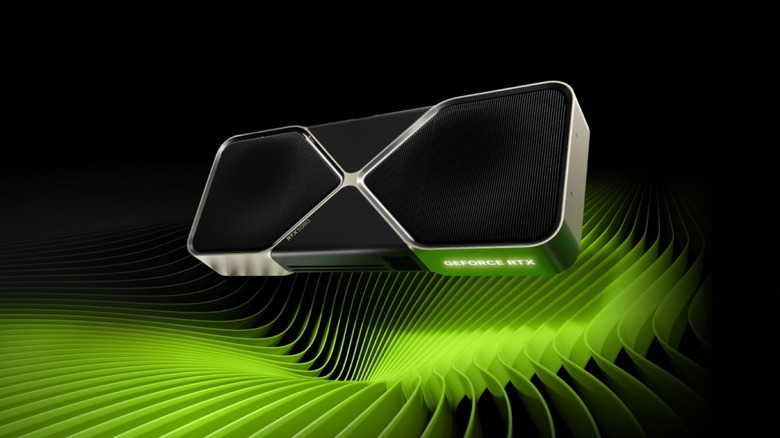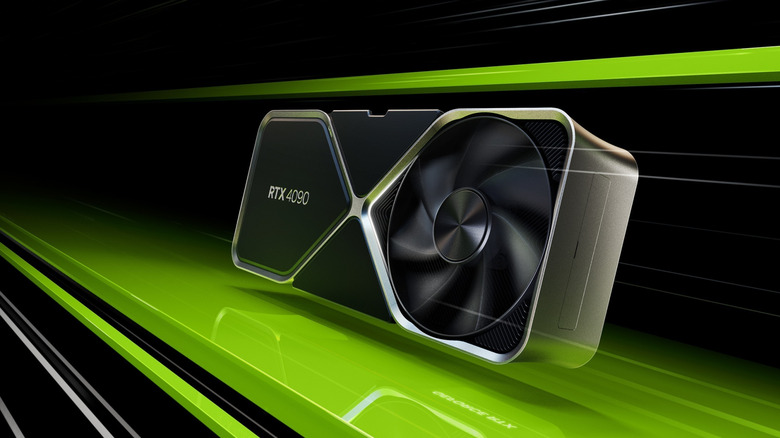The Dangerous Nvidia Cable Melting Problem, Explained
We may receive a commission on purchases made from links.
The NVIDIA GeForce RTX 5000 series of graphics cards was one of the most anticipated tech launches of 2025, but only a few months later, the problems have mounted. In January, when top executive Jensen Huang announced the GPUs, the company was riding high. It had skyrocketed to become the most valuable company in the world on the back of the AI boom, and the RTX 4000 series had been well-received despite a few hiccups. But the 5000 series got off to a rocky start, and the wheels kept coming off.
One of the first issues to emerge was the melting of power cables, initially affecting those connected to the top-tier RTX 5090, and subsequently the mid-tier 5070 as well. The problem seemed to be related to a power imbalance caused by the way the GPUs pulled load through the cables, and had occurred on RTX 4090s, too, but more on that in a moment. The cable melting issue was quickly overshadowed by the discovery that a number of RTX 5090, 5080, and 5070 Ti cards were missing some of their ROPS, physical components that help with rendering graphics. NVIDIA confirmed this issue. Amid these embarrassing hardware failures, it was revealed that the company had allegedly been manipulating reviews of its products, specifically the RTX 5060, with a carrot-and-stick strategy. In light of these allegations, SlashGear and other outlets warned gamers to avoid the GeForce RTX 5060.
So, now that the dust has settled a bit, it's time to get to the bottom of the melting cable problem that headed off the first round of 5000 series headaches. How did it happen, how widespread was the issue, and has NVIDIA taken any steps to address the situation? Here's what we know.
Power connectors on NVIDIA GPUs are melting, but the issue is rare
The first NVIDIA GeForce RTX 5090 graphics cards started experiencing issues with melting power connectors shortly after their launch. In February, The Verge reported on two cases of cable melting, which resulted in damage to the owners' PSUs. One user had a third-party connector, while the other used the one supplied by their PSU manufacturer. Power management through a gaming PC is a delicate thing, and it's easy for things to go wrong. Moreover, high-end GPUs have high power demands, and even the well-regarded RTX 4090 has caused a few melted cables in its life cycle. Still, the episode raised eyebrows. Then, in April, a user on X posted videos of a melted cable with an RTX 5070. Even with so few confirmed cases, many in the PC enthusiast community started to panic.
There are good reasons to calm down and assess the situation soberly. First, melting power connectors have been incredibly rare. Second, some computer technicians have failed to replicate the issue with their own graphics cards. And third, many of the melted power cables continued to work even after some of the plastic had turned to ooze (though, of course, you should replace a melted connector immediately once you notice the damage, just to err on the side of caution). Lastly, even when the cables were damaged, most GPUs were not. This appears to be an extremely rare problem, with catastrophic damage being rarer still. If you're in the market for an NVIDIA GPU, you probably don't need to be overly concerned that your connectors will melt, although you should keep an eye on them. That leaves us with two questions: why are some connectors melting, and what can you do to prevent it?
Power imbalances are the likely culprit for melted GPU power connectors
The most likely explanation for the melting power connector issue on a small number of NVIDIA RTX 4000 and 5000 series graphics cards has to do with the way the GPU interfaces with the connector. NVIDIA has stuck with 6-pin 12VHPWR connectors in its cable interface, with each pin meant to carry a portion of the power. High-end RTX cards like the 5090 pull a huge amount of power. When these wires are imbalanced, it can result in one pin carrying the lion's share of the wattage, which in turn causes overheating. Some board partners incorporate a technology called per-pin power sensing that helps to maintain an equal distribution across the pins, whereas the Founders Edition GPUs, direct from NVIDIA, do not. Instead, they treat the entire connector as a single entity. On the other hand, sometimes the issue is caused on the supply side, with the connector on at least one RTX 5080 melting at the PSU side.
Some companies have taken matters into their own hands. Seasonic plans to integrate some technology into a new power connector, which will work in combination with next-generation PSUs to alert users to any issues. Of course, that will require an extra investment just to ensure your multi-thousand-dollar GPU doesn't go haywire. You can also look for GPUs with per-pin power sensing from board partners. For instance, the ASUS ROG Astral GeForce RTX 5090 and other cards from the same lineup utilize per-pin sensing to alert users if there is an issue with power delivery to the GPU. This is the route most people should take, as the melted cables we've seen have mostly been connected to NVIDIA Founders Edition graphics cards.


